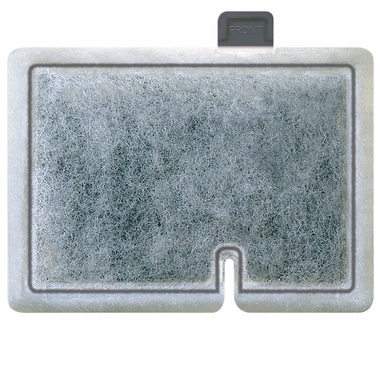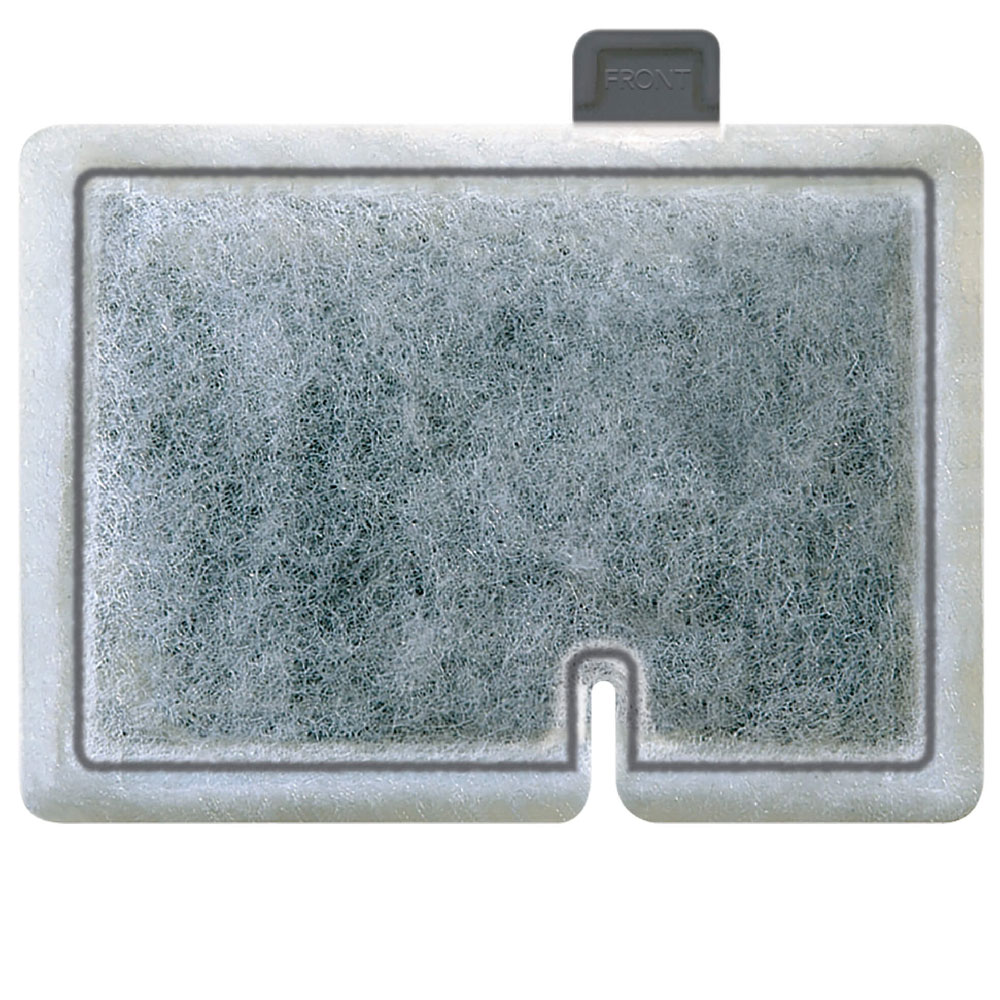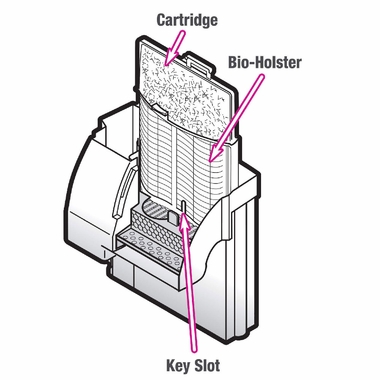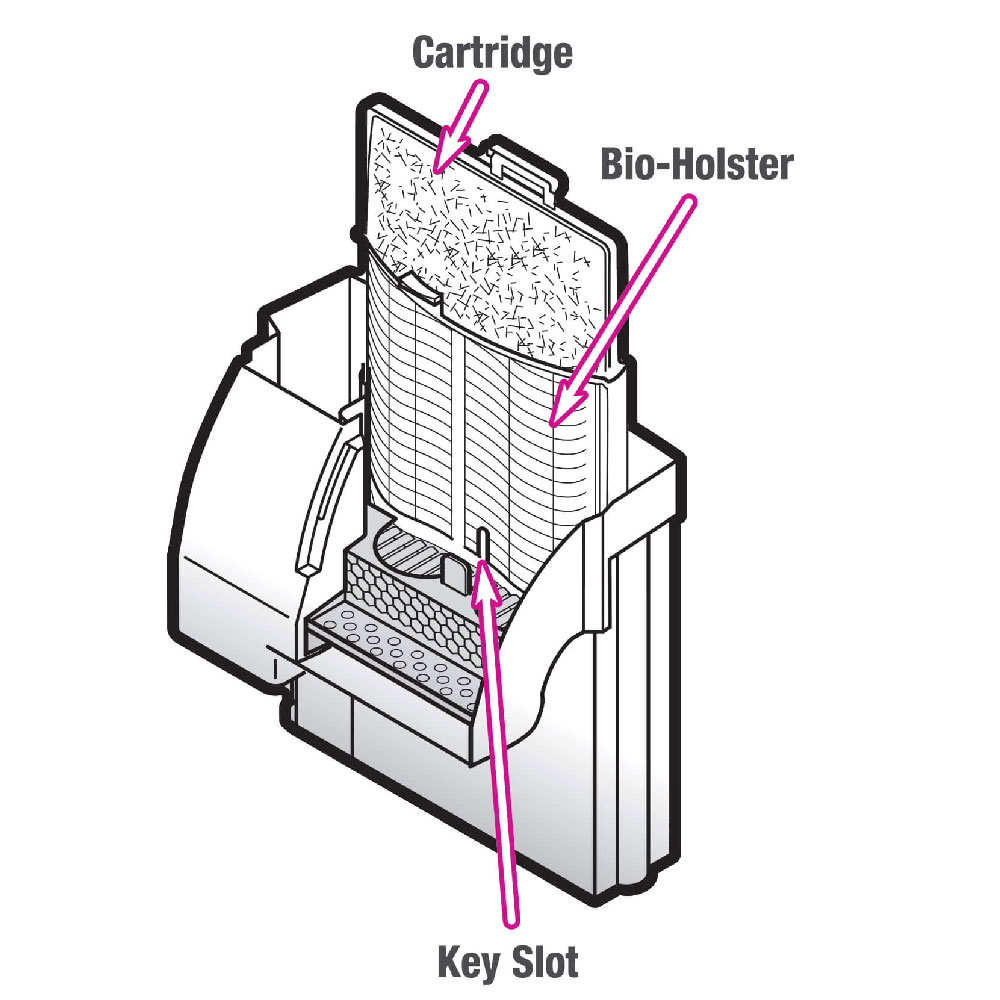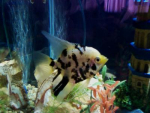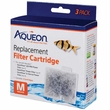Description
Aqueon Filter Cartridge Replacement dual-sided dense-floss cartridges contain over 25% more activated carbon than the leading brands. These unique cartridges were designed to ensure even distribution of carbon throughout for more thorough filtration and longer cartridge life.
Key Benefits
- High quality activated carbon keeps water clean
- Align cartridge bottom key slot for an accurate fit inside the filter
- Rinse under water to remove carbon dust before replacing
- For optimal performance, change approximately every 4 to 6 weeks
- Do not clean Bioholster when replacing the cartridge as it contains beneficial biological bacteria
Dimensions:
- Extra Small: 5.24" x 1.75" x 5.7"
- Small: 6.2" x 2" x 6.2"
- Medium: 4.9" x 2" x 5.7"
- Large: 5.7" x 2" x 8.5"
Useful Information
- Remove cover from filter.
- Remove used cartridge from Bioholster by pushing down gently on the holster and pulling the tab on the filter cartridge upwards. Discard used cartridge. Do not clean Bioholster when replacing the cartridge as it contains beneficial biological bacteria.
- Rinse under water to remove carbon dust before replacing.
- Insert new cartridge into Bioholster by aligning bottom key slot for an accurate fit.
- Replace filter cover.
- For optimal performance, change approximately every 4 - 6 weeks.
Note: Cover will not fit properly if the filter cartridge is installed incorrectly. Cartridges should be replaced when water begins to enter the filter bypass and/or the cartridge becomes clogged. Cartridges should be replaced every 4-6 weeks.
FAQ
It depends on the type of fish you have!
Discus, wild caught angelfish, uaru and certain other fish that are found at or near the equator do better at temperatures between 84° and 88° F.
Betta fish thrive best in water temperatures between 76° and 85° F.
Most tropical fish prefer temperatures ranging from 76° to 80° F.
Goldfish, koi and other coldwater fish prefer the temperatures be between 65° and 72° F.
No, simply seeing condensation inside your Aqueon Glass Adjustable Heater does not that it is broken or defective.
Check that the heater is working properly by using a thermometer with your fish tank. (also make sure that the water is the right temperature for the type of fish that you have inside your fish tank)
The reason you may see condensation is because humidity was in the air and trapped inside the tube when it was manufactured and sealed. Your heater is still able to perform properly with this condensation.



